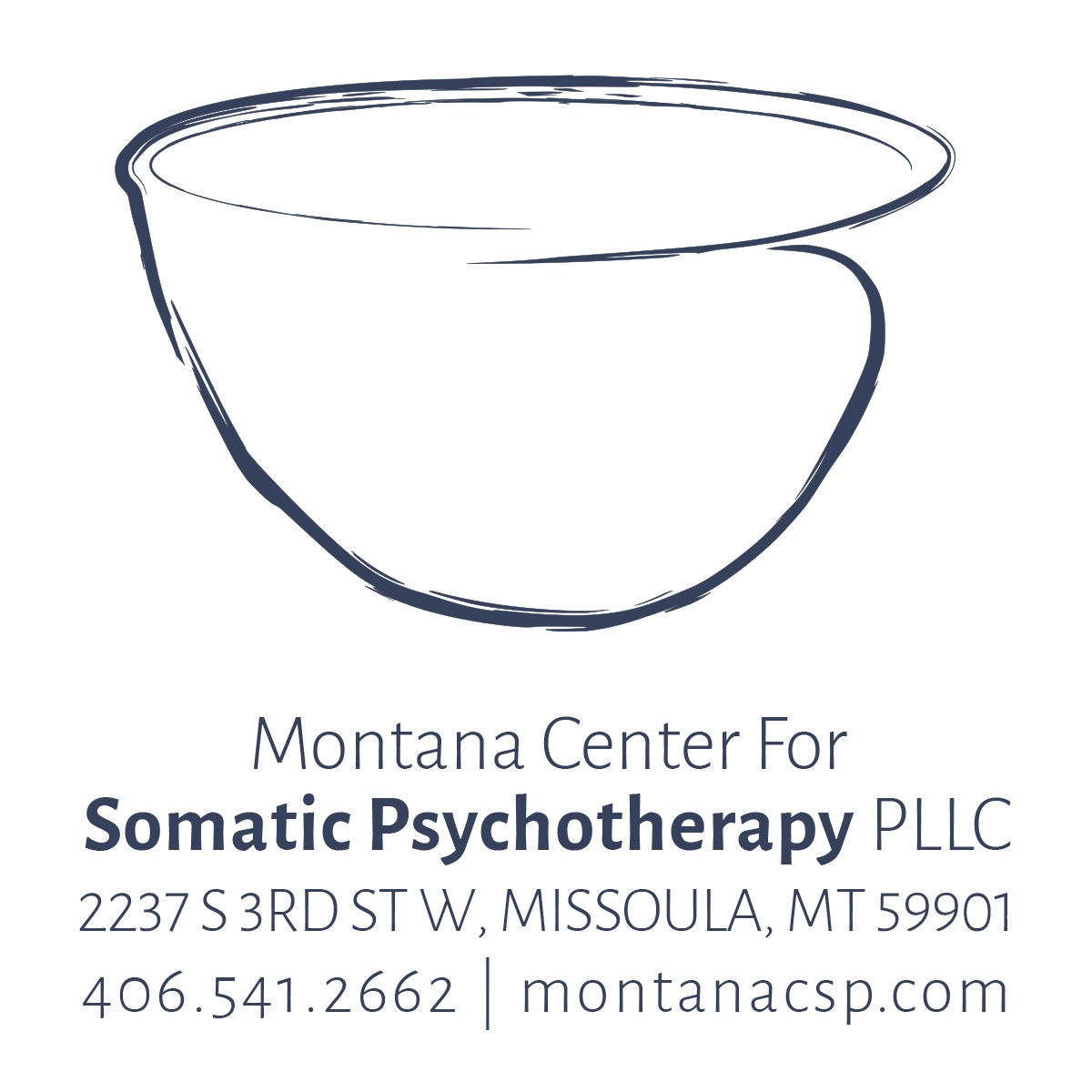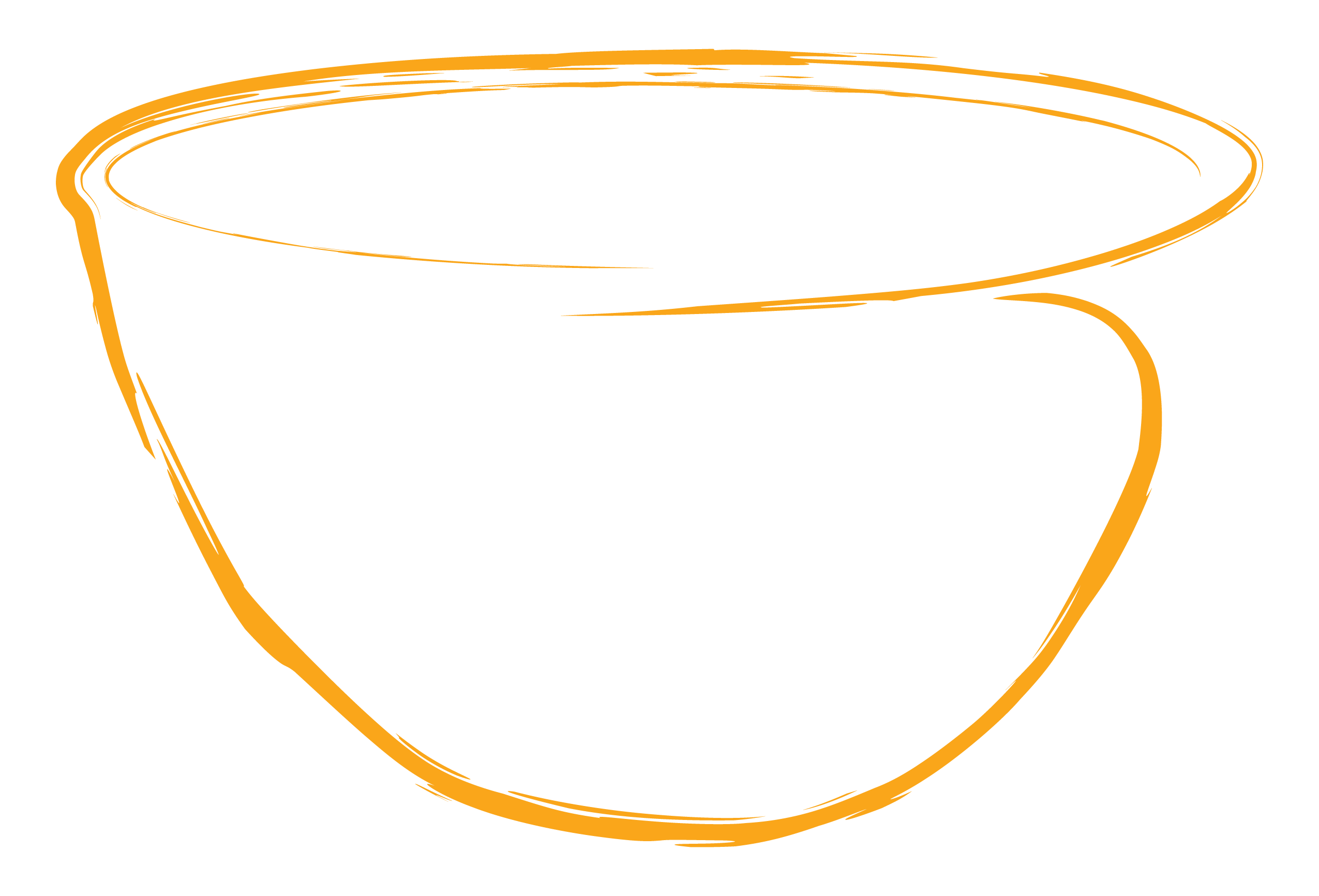Giving is Receiving
Hello, This is Resources for Resilience, where we dig into what creates resilience in our minds, our hearts, and our bodies. My name is Hillary Welzenbach, I run Montana Center for Somatic Psychotherapy in Missoula Montana and offer Sensorimotor Psychotherapy, and Authentic Movement. You can find this content in our podcast Resources for Reslience. If you love this podcast please feel free to support us through listener donations. If you have any questions about this material, or are interested in learning more about these practices, or need support for anything that came up in the practice please feel free to contact us at [email protected], or call 4065412662.
Here we are looking into the dialogue about resilience. Resilience is something that develops throughout our lives. Most of the work that has been done in research around resilience looks at early childhood attachment, and environment and how that supports flexibility, bonding and the capacity to rebound from stress. This podcast is looking at how we can continue to grow our capacity for resilience even as adults, and how we can then offer this resilient capacity to those around us through our relationships.
There are many qualities that personality traits that promote resilience. In this series we are focusing on Vulnerability, Productive Perseverance, Connection, Gratitude, Generosity, and Possibility. Last week we looked at Gratitude. Today we will talk about Generosity.
The New York times ran an article April 9th 2020 called “The Science of Helping Out” by Tara Parker Pope She writes:
“Much of the scientific research on resilience — which is our ability to bounce back from adversity — has shown that having a sense of purpose, and giving support to others, has a significant impact on our well-being.
“There is a lot of evidence that one of the best anti-anxiety medications available is generosity,” said Adam Grant, an organizational psychologist at Wharton and author of “Give and Take: A Revolutionary Approach to Success.” “The great thing about showing up for other people is that it doesn’t have to cost a whole lot or anything at all, and it ends up being beneficial to the giver.”
Our bodies and minds benefit in a variety of ways when we help others. Some research has focused on the “helper’s high.” Studies show that volunteering, donating money, or even just thinking about donating money can release feel-good brain chemicals and activate the part of the brain stimulated by the pleasures of food and sex. Studies of volunteers show that do-gooders had lower levels of the stress hormone cortisol on days they did volunteer work.”
In the research on generosity, Lyubomirsky, Sheldon, and Schkade in 2005 did a study that asked participants to perform 5 acts of kindness in one day every week for 6 weeks. People who did this saw a significant increase in happiness, but only if they did all 5 on the same day rather than spread out over the week.
And now some poetry
When Giving Is All We Have
Alberto Ríos
One river gives
Its journey to the next.
We give because someone gave to us.
We give because nobody gave to us.
We give because giving has changed us.
We give because giving could have changed us.
We have been better for it,
We have been wounded by it—
Giving has many faces: It is loud and quiet,
Big, though small, diamond in wood-nails.
Its story is old, the plot worn and the pages too,
But we read this book, anyway, over and again:
Giving is, first and every time, hand to hand,
Mine to yours, yours to mine.
You gave me blue and I gave you yellow.
Together we are simple green. You gave me
What you did not have, and I gave you
What I had to give—together, we made
Something greater from the difference.
Now lets practice.
I encourage you to try the generosity practice from the study above.
So today I would like for you to take some time to sit and think about how you can act in kindness. Find a journal or piece of paper. Can you think of two people you know that you could do something kind for?
Write down your plan.
Can you think of someone you don’t know that you can do something kind for? Maybe raking leaves, shoveling snow, feeding a parking meter, delivering flowers.
Write down your plan.
Can you think of two people in need that you can help? An elderly family member or neighbor, a coworker, a teacher at the local school?
Write down your plan.
Sit with your ideas of how you can help and see if tomorrow you can do all those things in one day. When you are done performing your acts of generosity I encourage you to sit quietly for 3 minutes and just notice what your body feels like having done those helpful things. Then let yourself journal about the experience of being generous.
Kindness
Naomi Shihab Nye –
Before you know what kindness really is
you must lose things,
feel the future dissolve in a moment
like salt in a weakened broth.
What you held in your hand,
what you counted and carefully saved,
all this must go so you know
how desolate the landscape can be
between the regions of kindness.
How you ride and ride
thinking the bus will never stop,
the passengers eating maize and chicken
will stare out the window forever.
Before you learn the tender gravity of kindness
you must travel where the Indian in a white poncho
lies dead by the side of the road.
You must see how this could be you,
how he too was someone
who journeyed through the night with plans
and the simple breath that kept him alive.
Before you know kindness as the deepest thing inside,
you must know sorrow as the other deepest thing.
You must wake up with sorrow.
You must speak to it till your voice
catches the thread of all sorrows
and you see the size of the cloth.
Then it is only kindness that makes sense anymore,
only kindness that ties your shoes
and sends you out into the day to gaze at bread,
only kindness that raises its head
from the crowd of the world to say
It is I you have been looking for,
and then goes with you everywhere
like a shadow or a friend.
Today we explored the relationship between Generosity and Reslience. You have a plan for how to act on that generosity. I invite you to come back to this each week for a month and see how it works for you, notice if you find yourself more happy. This is Resources for Resilience, where we dig into what creates resilience in our minds, our hearts, and our bodies. My name is Hillary Welzenbach, I run Montana Center for Somatic Psychotherapy in Missoula Montana and offer Sensorimotor Psychotherapy, and Authentic Movement. You can find this content in our podcast Resources for Resilience. If you love this podcast please feel free to support us through listener donations. If you have any questions about this material, or are interested in learning more about these practices, or need support for anything that came up in the practice please feel free to contact us at [email protected], or call 4065412662.

